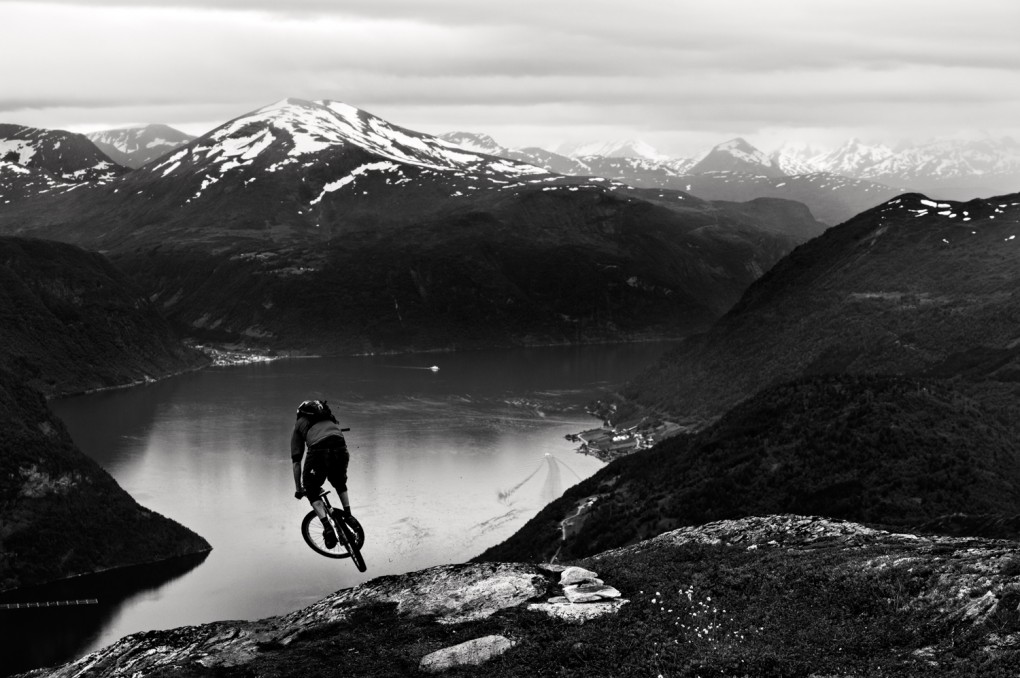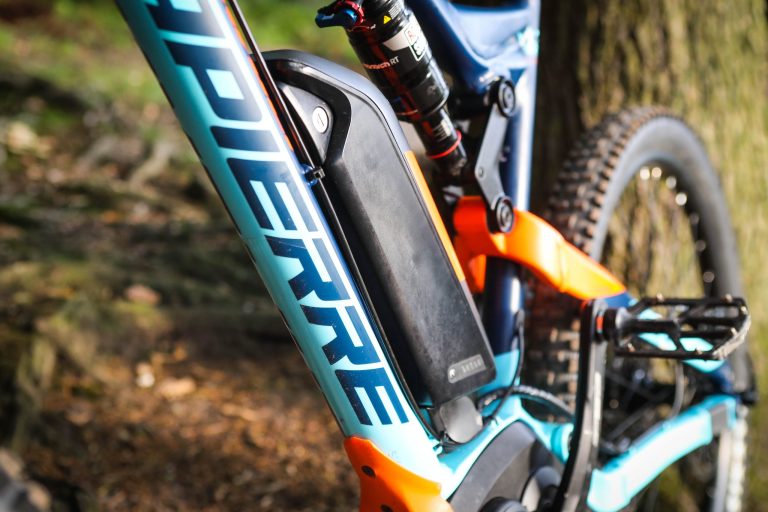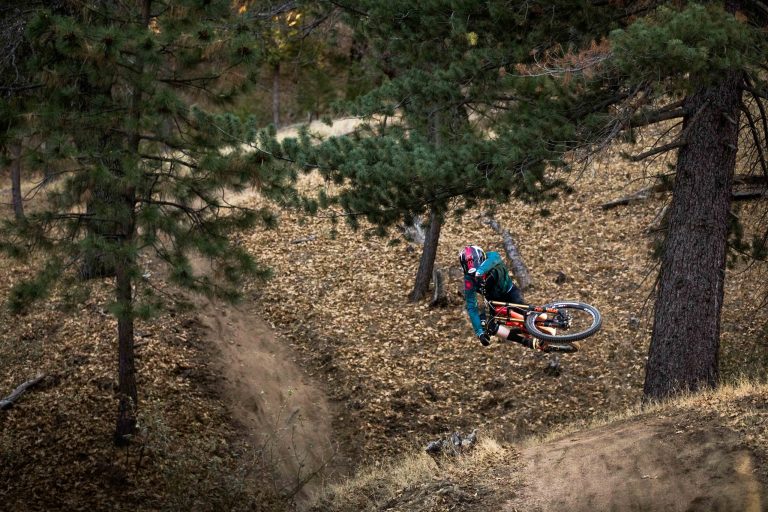
DIRT’S SWEDISH CONTINGENT TAKE ON THE TRAILS IN NORWAY’S COASTAL SUNNMORE REGION
“No mistakes, focus”, I hear myself mumble as my front wheel rolls over the first rock, plummeting me into a high commitment, high consequence, piece of trail through a crag in the mountainside. In front of me a series of scattered rocks, feeding into a slippery patch of mud, before the next rock drop.
DIRT ISSUE 129 – NOVEMBER 2012
Words Tobias Liljeroth. Photo Mattias Fredriksson
To my right, just shy of the trail, there’s a 100 metre cliff, where a fall inevitably would send my flesh tumbling onto a swampy meadow way, way down there – meaning adieu to all things earthly. A scene more worthy of big mountain skiing than mountain biking.
Behind me in all directions, jagged mountain peaks, still covered in a thick layer of snow (even though it’s the end of July) piercing a blanket of dark grey, Mordoresque clouds, foreboding a storm.
In front of me, past the crucial point of the trail just ahead, a half–metre wide strip of brown dirt twists and turns its way through the green heather. Even further ahead rays of sun glitter in the emerald green inlet of sea water, with even more even more jagged peaks and imposing rock walls shooting up through its surface, almost 1,500 metres below us. The narrow body of water being one of many of Norway’s most famous natural phenomenon, the fjords.
We’re in the Valldal area of the Sunnmøre region of western Norway. A place penetrated by countless fjords making their way far into the country’s land mass from the mighty North Atlantic Ocean. It’s like the canals of Venice, only made by Mother Nature herself some million years ago by massive glaciers carving through the bedrock, leaving a natural monument of beauty that few places in this current world of ours can match.
Because of the high mountains, deep valleys and the roaring ocean, life here has been very isolated up until very recently, with some of the small villages in the area not having road access until some 30 years ago. In other words, to survive in these strikingly beautiful, but sometimes extremely harsh (especially in winter) and remote surroundings you had to be self sufficient. The sea obviously has an almost never ending supply of fish and shellfish, whereas the mild summers and moist climate has made the mountain sides and valleys highly fertile. The road sides of the narrow valley floor being lined with an endless number of potato fields, and the local specialty: strawberries. In fact, Valldal is the number one producer of strawberries in Norway, highly unlikely for a place with one of Europe’s biggest annual snowfalls come winter.
The mountain sides are dotted with white furry creatures, which is one of the main reasons we’re here in the first place. Through the centuries, local sheep farmers have hiked the forests, meadows and ridges, creating an almost endless network of footpaths and trails in the process. Trails that have been kept in place, and even extended, by generations of Norwegian outdoor enthusiasts going for the national pastime, a weekend hike with family and friends, something deeply rooted in the very core values of Norwegian culture.
In this modern day Sunnmøre lives more from tourism than farming. People from all over the world flock to the fjords and the nearby Troll Wall, the tallest vertical rock face in Europe.>>





